A Step-by-Step Guide to Absorption Costing

Outdoor Nation, a manufacturer of residential, tabletop propane heaters, wants to determine whether absorption costing or variable costing is better for internal decision-making. The total of direct material, direct labor, and variable overhead is $5 per unit with an additional $1 in variable sales cost paid when the units are sold. Additionally, fixed overhead is $15,000 per year, and fixed sales and administrative expenses are $21,000 per year. It is also possible that an entity could generate extra profits simply by manufacturing more products that it does not sell. A manager could falsely authorize excess production to create these extra profits, but it burdens the entity with potentially obsolete inventory, and also requires the investment of working capital in the extra inventory. Under absorption costing, each unit inending inventory carries $0.60 of fixed overhead cost as part ofproduct cost.

Based on reported operating income, a manager’s compensation program can be one source of inspiration. Kevin is currently the Head of Execution and a Vice President at Ion Pacific, a merchant bank and asset manager based Hong Kong that invests in the technology sector globally. Prior to joining Ion Pacific, Kevin was a Vice President at Accordion Partners, a consulting firm that works with management teams at portfolio companies of leading private equity firms. Once you complete the allocation of these costs, you will know where to put these costs in the Income Statements. Production is estimated to hold steady at 5,000 units per year, while sales estimates are projected to be 5,000 units in year 1; 4,000 units in year 2; and 6,000 in year 3.
Example Of Absorption Costing
You should charge sales and administrative costs to expense in the period incurred; do not assign them to inventory, since these items are not related to goods produced, but rather to the period in which they were incurred. Absorption costing, meanwhile, is easier to implement yet recognized as perfectly compliant with generally accepted accounting principles and IRS reporting requirements. The downside, however, is that it may offer less insight to those charged with making strategic decisions regarding production practices and costs.
- Therefore, fixed overhead will be allocated by $ 1.50 per working hour ($ 670,000/(300,000h+150,000h)).
- Depreciation is considered a fixed cost in absorption costing because it remains constant regardless of production levels.
- Because of this, activity-based costing can paint a more precise picture than absorption costing.
- Over 1.8 million professionals use CFI to learn accounting, financial analysis, modeling and more.
- The product costs (or cost of goods sold) would include direct materials, direct labor and overhead.
Variable selling andadministrative expenses are not part of product cost under eithermethod. In this example, using absorption costing, the total cost of manufacturing one unit of Widget X is $28. This cost includes both variable costs (direct materials, direct labor, and variable manufacturing overhead) and a portion of the fixed manufacturing overhead (which is allocated based on the number of units produced).
Absorption Costing: Definition, Formula, Calculation, and Example
Using absorption costs, management can enhance operational profits during some times by expanding output, even though there is no increased demand from customers. Different unit prices are determined for various output levels because absorption costing depends on the output level. It’s crucial that sales match or surpass the planned level of output since, otherwise, all fixed manufacturing costs won’t be paid and will only be partially absorbed.
Evaluation of CO2 absorption characteristics of low-cost Al2O3/MeOH nanoabsorbent using porous Nickel foam for … – ScienceDirect.com
Evaluation of CO2 absorption characteristics of low-cost Al2O3/MeOH nanoabsorbent using porous Nickel foam for ….
Posted: Sun, 15 Jan 2023 08:00:00 GMT [source]
At the end of the reporting period, most businesses still have production units in stock. When a business employs just-in-time inventory, there is never any starting or ending inventory; hence profit is constant regardless of the costing strategy applied. As long as the company could correctly and accurately calculate the cost, there is a high chance that the company could make the correct pricing for its products. In practice, if your costing method is using absorption costing, you are expected to have over and under absorption.
What’s the Difference Between Variable Costing and Absorption Costing?
An ethical and evenhanded approach to providing clear and informative financial information regarding costing is the goal of the ethical accountant. Ethical business managers understand the benefits of using the appropriate costing systems and methods. The accountant’s entire business organization needs to understand that the costing system is created to provide efficiency in assisting in making business decisions. Determining the appropriate costing system and the type of information to be provided to management goes beyond providing just accounting information. The costing system should provide the organization’s management with factual and true financial information regarding the organization’s operations and the performance of the organization.
This is important for financial reporting and decision-making because it takes into account both variable and fixed production costs. However, in reality, a lot of overhead expenses are allocated using illogical ways. Therefore, the fees that arise are questionable and, if added to the costs of items, can lead to erroneous and unreliable product costs.
These include expenses like rent for the manufacturing facility, depreciation on machinery, and salaries of supervisors. Variable overhead costs directly relating to individual cost centers such as supervision and indirect materials. You need to allocate all of this variable overhead cost to the cost center that is directly involved. Recall that selling and administrative costs (fixed and variable) are considered period costs and are expensed in the period occurred. When this costing method is applied, fixed production overheads are added to product costs.

Variable manufacturing overhead includes the costs to operate a manufacturing facility, which vary with production volume. One major advantage of activity-based costing is that it allows companies to understand the true cost and profitability of individual units produced or services rendered. However, doing so is not just a simple matter of taking that $20,000 and dividing it by the number of units produced. Instead, the company would need to figure out which units or products utilize which equipment the most, and then assign each unit a cost based on its individual consumption of that usage. Activity-based costing and absorption costing are two popular accounting methods that companies employ when evaluating business activities.
